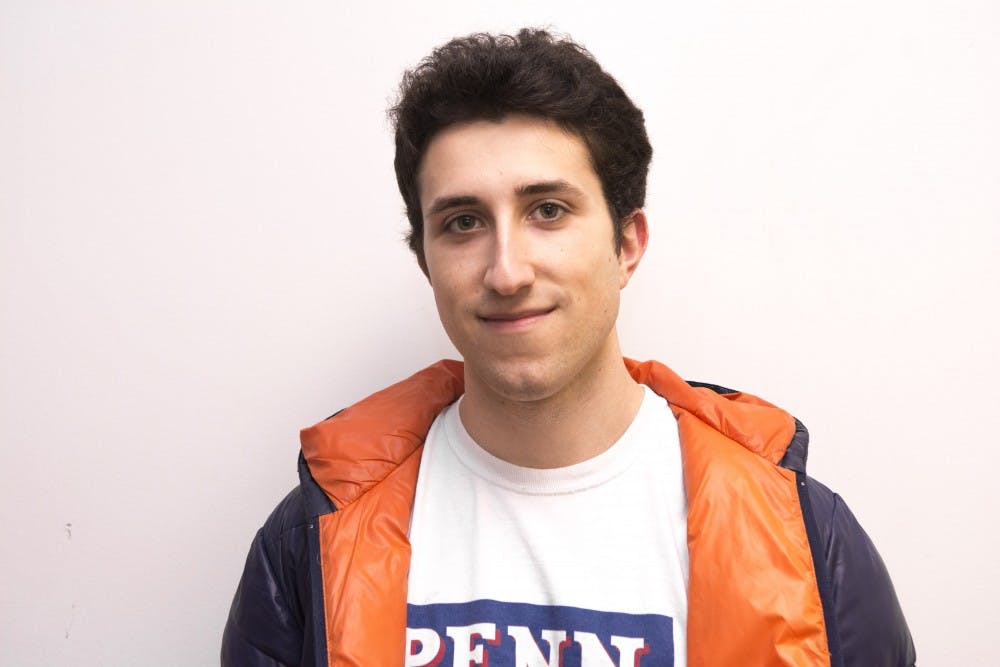In an age where every post, ad and BuzzFeed article is competing for space on your online newsfeed, it might seem natural to dismiss social media activism as being just another empty, attention-seeking hashtag. It’s an easy characterization to make and one I’ve read countless times over in opinion columns on the web.
But while that may be a fun article to write for all those columnists who revel in telling us just what exactly is wrong with millennials, should they really be so quick to dismiss the work a new wave of activists are doing?
Recently, the Foundation for Individual Rights in Education held a debate on Penn’s campus regarding the effectiveness of “Hashtag Activism,” and while both sides offered strong arguments, I couldn’t help but worry that this was falling into another old versus young debate.
The main argument against hashtag activism, delivered by sociologist Zeynep Turfecki, is that social media movements grow too big and too fast and lack the organizational capacity to pressure authority. But isn’t that the same critique that every older generation has for the new one? “Young people are too brash, young people don’t do the hard work.”
That’s not to say Turfecki is wrong, but by leaning on the old versus young dichotomy, she’s missing some of the powerful innovations that hashtag activism can bring to a movement. And while not every activist group has utilized it well, the Black Lives Matter movement is a prime example of how activists can be effective using social media.
In her argument against hashtag activism, Turfecki acknowledged the power social media has to sway a narrative, but still viewed this as second to its inability to challenge power and accomplish goals. I’d argue, however, that one of BLM’s primary goals should be to change the narrative.
Perhaps one of the biggest steps towards ending racism is also one of the simplest — actually acknowledging that racism exists and creating a dialogue around it. Though this may seem inconsequential, challenging the narrative that we are living in a colorblind society should be a critical goal of BLM.
The myth of colorblindness can not only impede social progress, but it can also set us back as it did in the Supreme Court’s decision to overturn key features of the Voting Rights Act.
RELATED:
Debating the effectiveness of 'Hashtag Activism'
#BlackLivesMatter founders talk intersectional activism, politics and media at Penn
Transgender activist and writer Janet Mock to give keynote speech at Women's Week
Another issue Turfecki found with hashtag activism is that it creates movements too quickly without building strong organizational structures. And while it’s true that BLM has grown quickly and often organizes sporadically, social media has also provided BLM an alternate way to structure itself.
Unlike more traditional activist organizations, BLM is, as stated by its Ferguson Action group, “decentralized, but coordinated.” By allowing for multiple sub-movements to exist under the same hashtag, BLM has made itself more democratic and open than its formally-organized counterparts.
This decentralized structure becomes extremely important for maintaining a movement that stays true to the positions of the people in it. In her book, “Civil Rights and the Making of the Modern American State,” political scientist Megan Francis details how extensive funding from the Garland Fund pressured the NAACP to shift its agenda from racial violence to education. However, a decentralized social-media based movement like BLM is more difficult to co-opt because it’s comprised of multiple organizations with separate sources of funding.
The decentralized structure of BLM also makes it more open to a variety of participants. As community organizer Zellie Imani brought up during the debate, a young woman like Claudette Cohen — who at the age of 15 refused to give up her bus seat nine months before Rosa Parks — was not allowed to be the face of the bus boycott because NAACP leaders thought she was too young, too dark and too loud to be an icon. But if she were on that bus today, the powerful voice of Claudette Cohen would most certainly have an outlet in the BLM movement.
The Civil Rights Movement of the ‘60s was full of recognizable leaders, such as Dr. King and Malcolm X, who should be celebrated for their accomplishments. But what’s so powerful about social media movements like BLM is that those few influential voices have been replaced by the voice of the collective masses.
With every new technological advancement there will always be those who are quick to dismiss it. That’s not to say building a movement online doesn’t have its drawbacks, but without the platform of social media, a movement founded by and dedicated to elevating the voices of Black queer women, may never have been possible.
CAMERON DICHTER is a College sophomore from Philadelphia, studying English. His email address is camd@ sas.upenn.edu. “real Talk” usually appears every other Monday.









